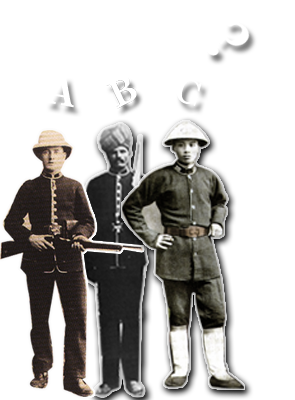Home>Central Police Station>A multi-ethnic police force?
A multi-ethnic police force?

During the First World War, many British police officers returned to the UK to join the army. Among them 10 were killed in action and some stayed in the UK after the War. The authorities hence recruited civilians to join the police force, while establishing the Police Reserve which was divided into 3 brigades according to nationality: English-Indian, Chinese, and Portuguese. They provided backup to the regular force.
In the 1920s, the police force was divided into three divisions according to the ethnicity of the officers. Division One comprised Europeans (mainly British), and was identified by the letter “A”; Division Two comprised Indians (mainly Sikhs), and was identified by the letter “B”; Division Two comprised Chinese (mainly Cantonese) , and was identified by the letter “C”.
British officers enjoyed the highest status and the highest salaries. They could take up management jobs. Under them were Indian Police, who at most were given positions of sergeants; few could become superintendents. The lowest in status were Chinese police officers, who could at most be promoted to sergeants. In weaponry, both British and Indian police carried guns, while Chinese police were only issued wooden batons.
In 1922, a strike broke out among sailors which aggravated the shortage of hands within the police force. The British later recruited from Waihai City of Shandong (at the time a British colony) a group of burly Shandong Chinese to come to Hong Kong to work as police officers. They were called “Lu Police”, identified by the letter “D”. This representing letter was placed in front of the officer number. The first sentence of the limerick “ABCD, big head, green clothing” refers to these four categories of policemen.
The Hong Kong Waters had always been plagued by pirates. In the 1930s, the British Army Hong Kong Garrison no longer provided escort for ships departing from Hong Kong. The escort mission hence fell to the Police Force. The police force formed the anti-pirate squadron, recruiting 25 members from the Republic of Belarus, focusing on cracking down on pirating. They were listed as the 5th category and identified by the letter “E”, and were headquartered at the Tsim Sha Tsui Marine Police Headquarters.
<
Back to Previous Page

Hong Kong Memory.All Rights Reserved©2014
